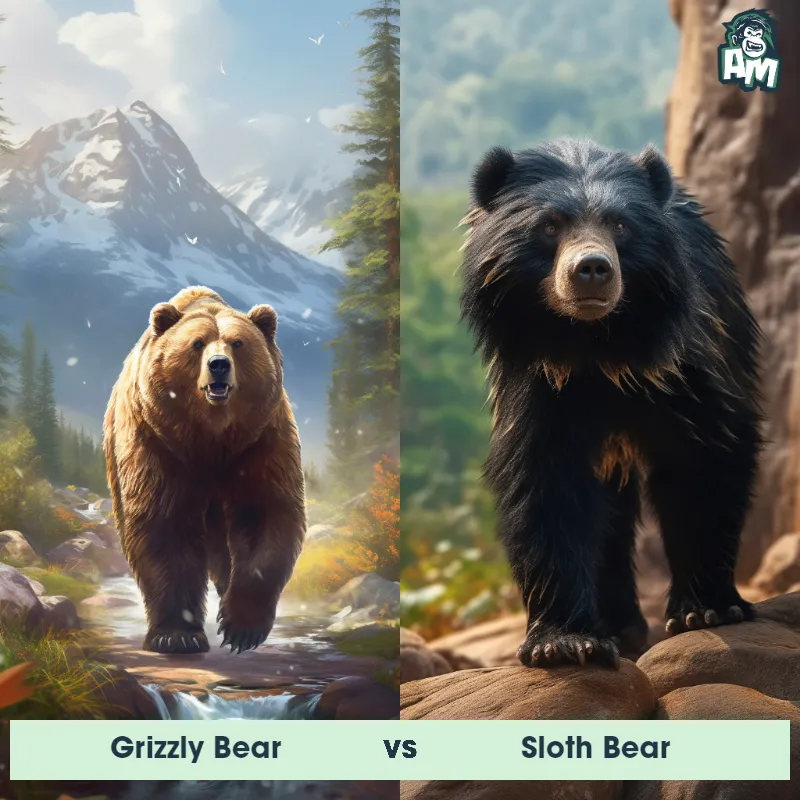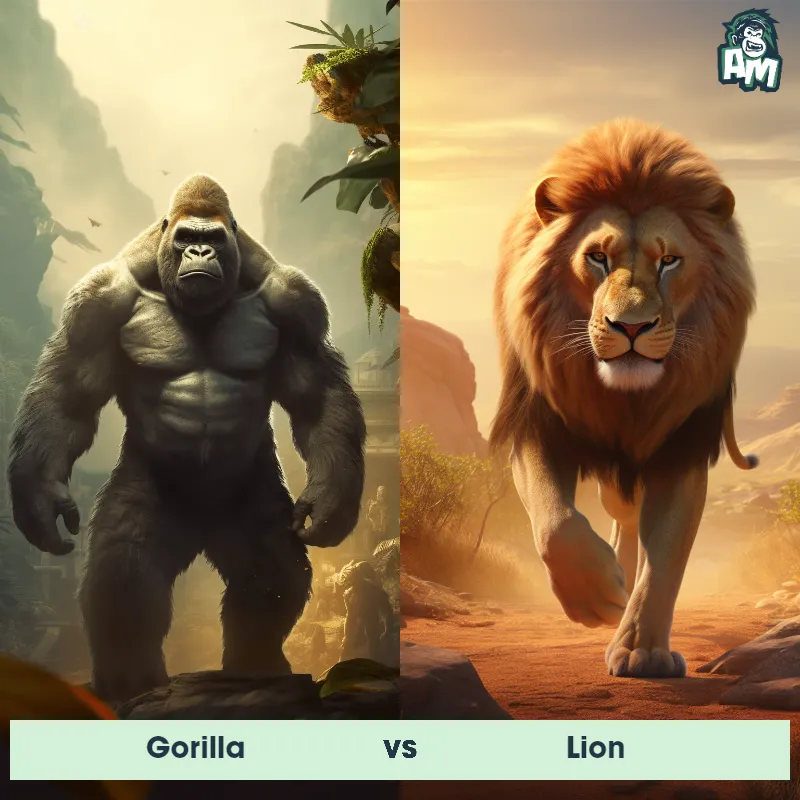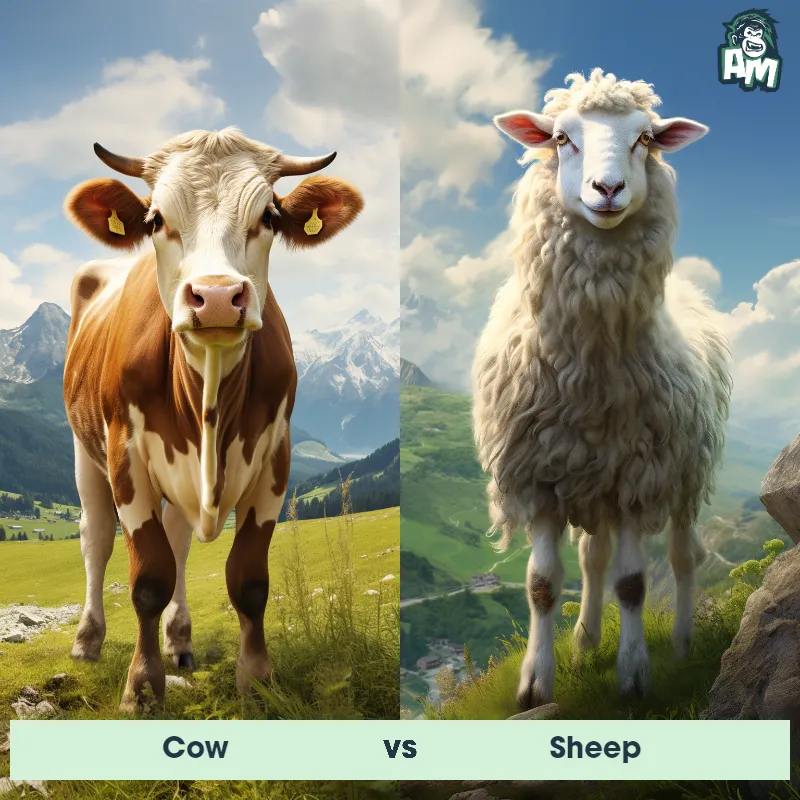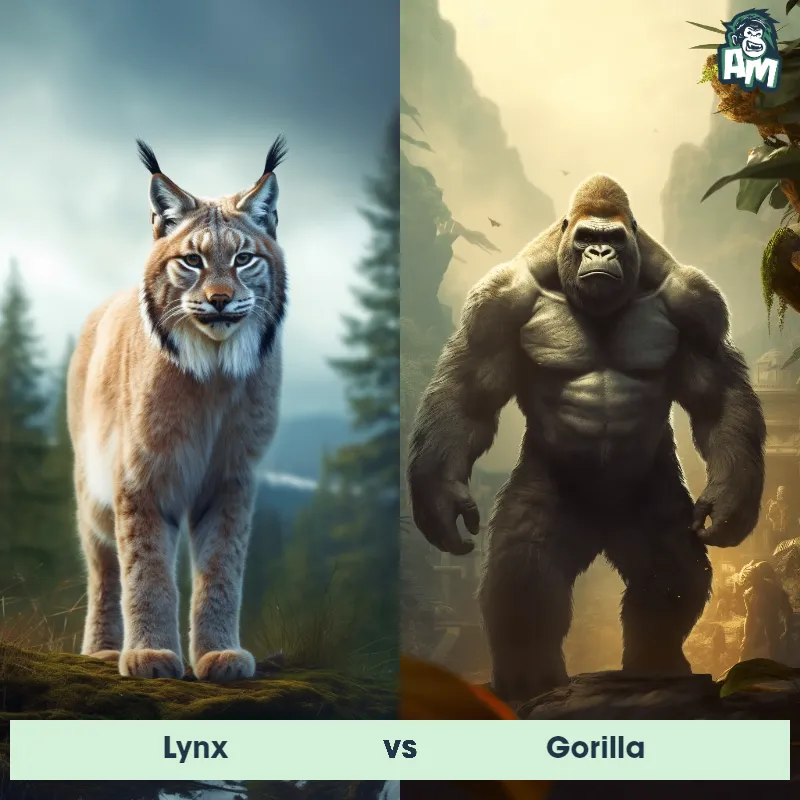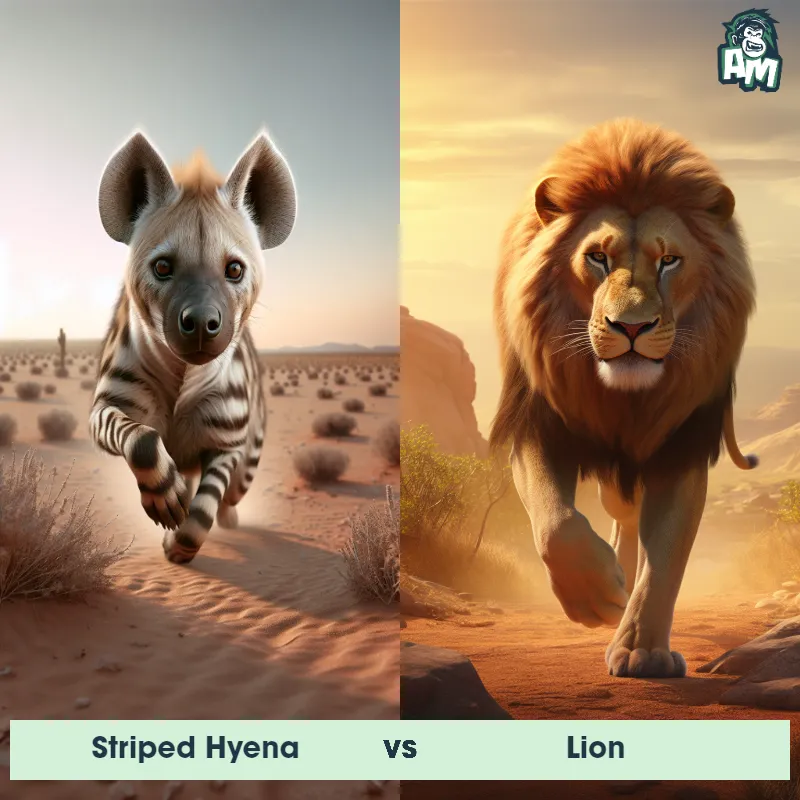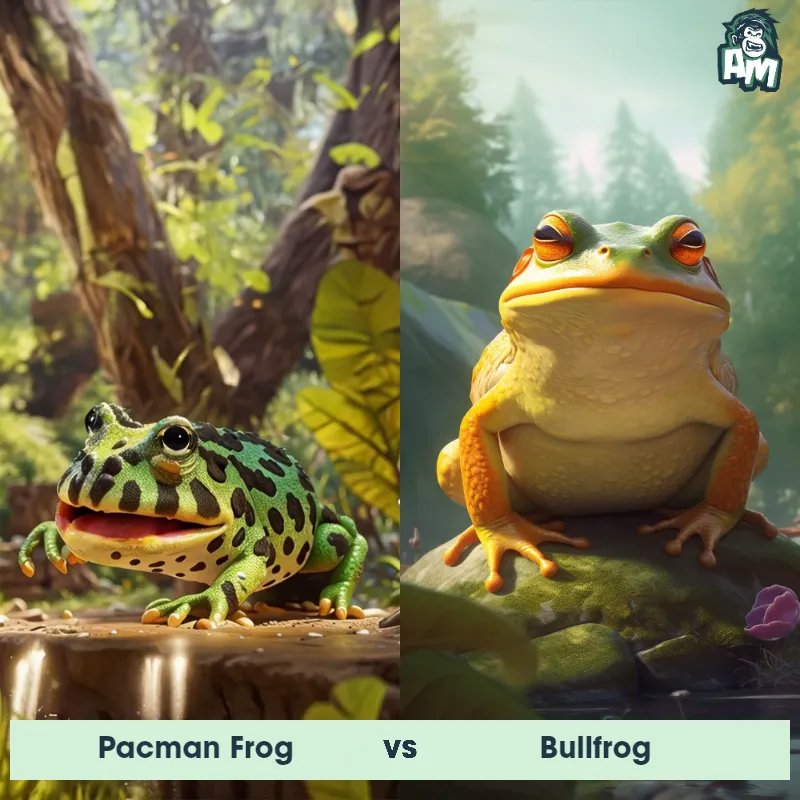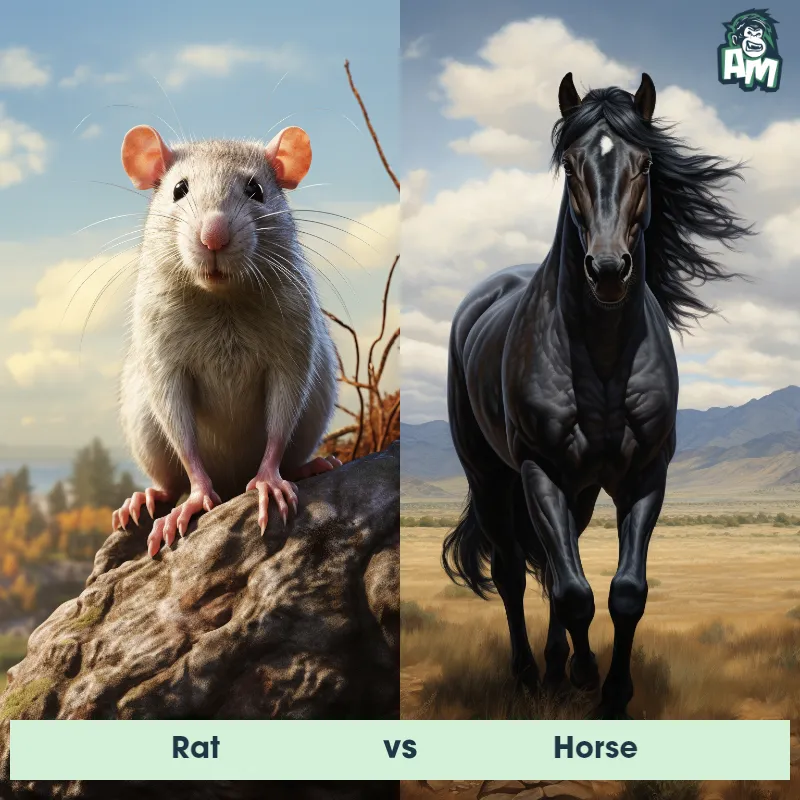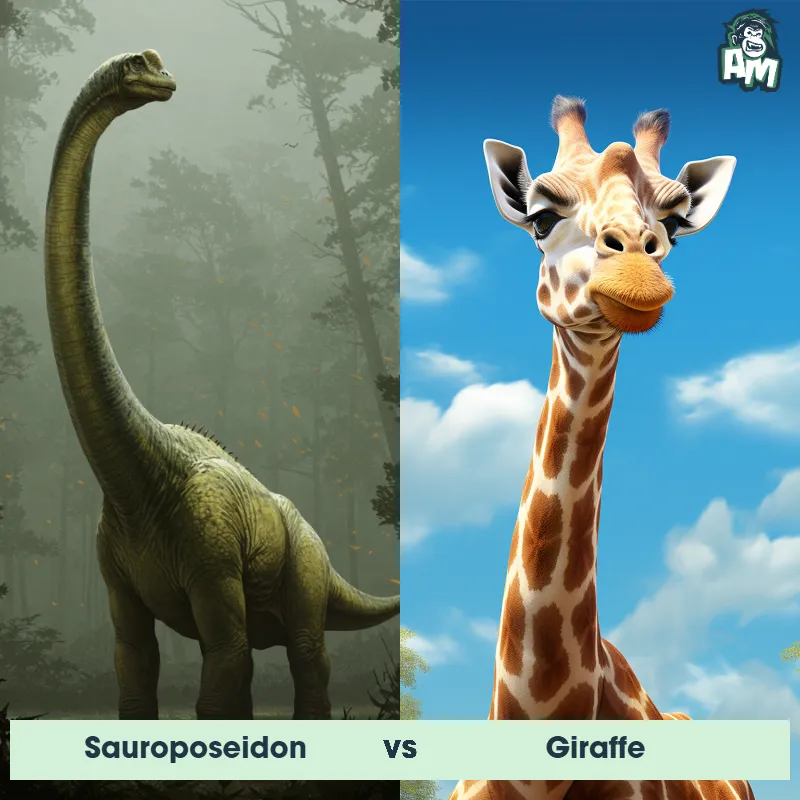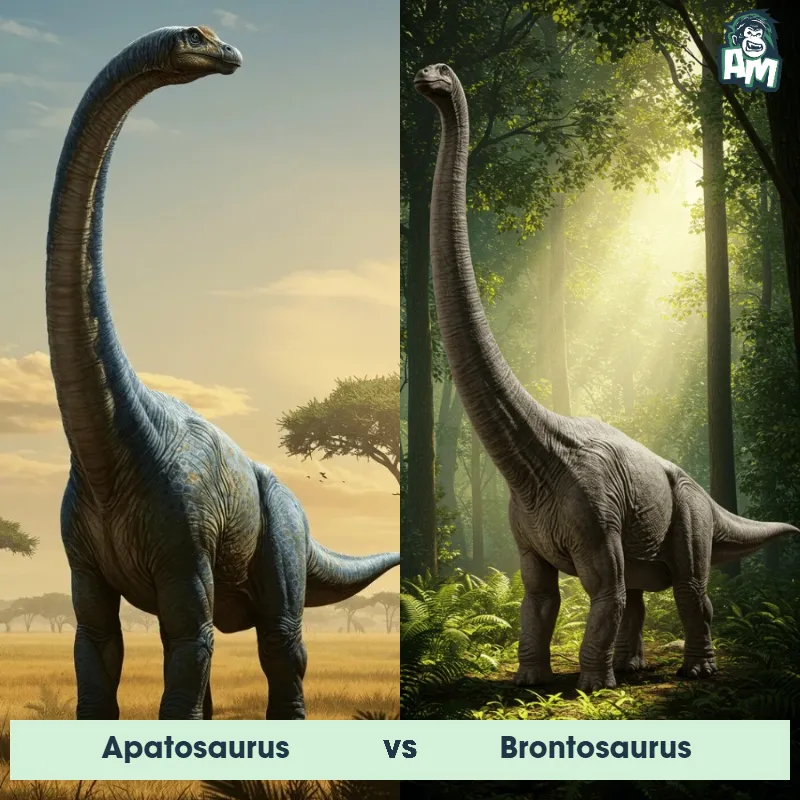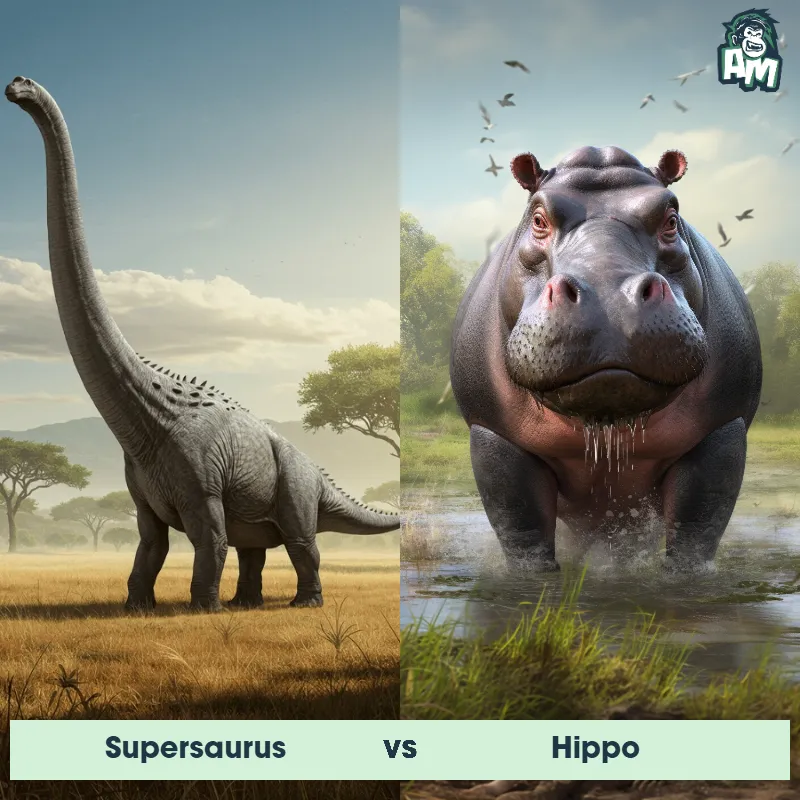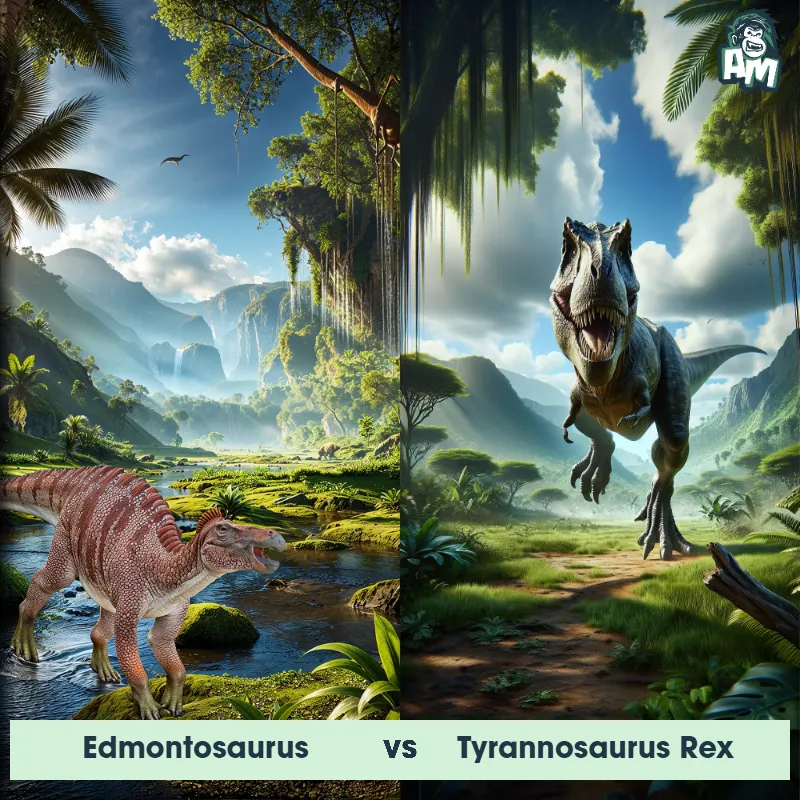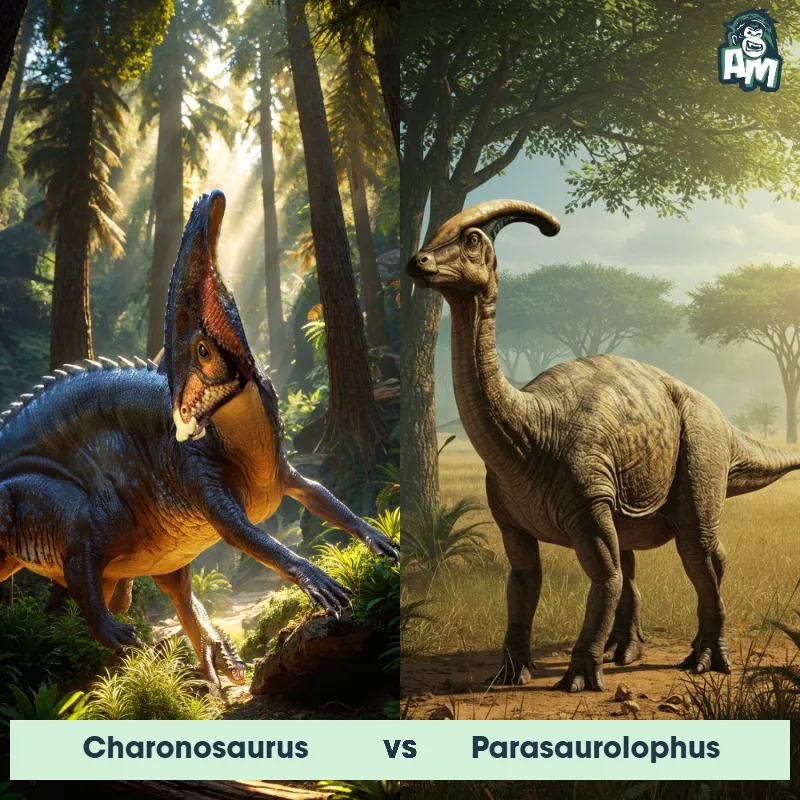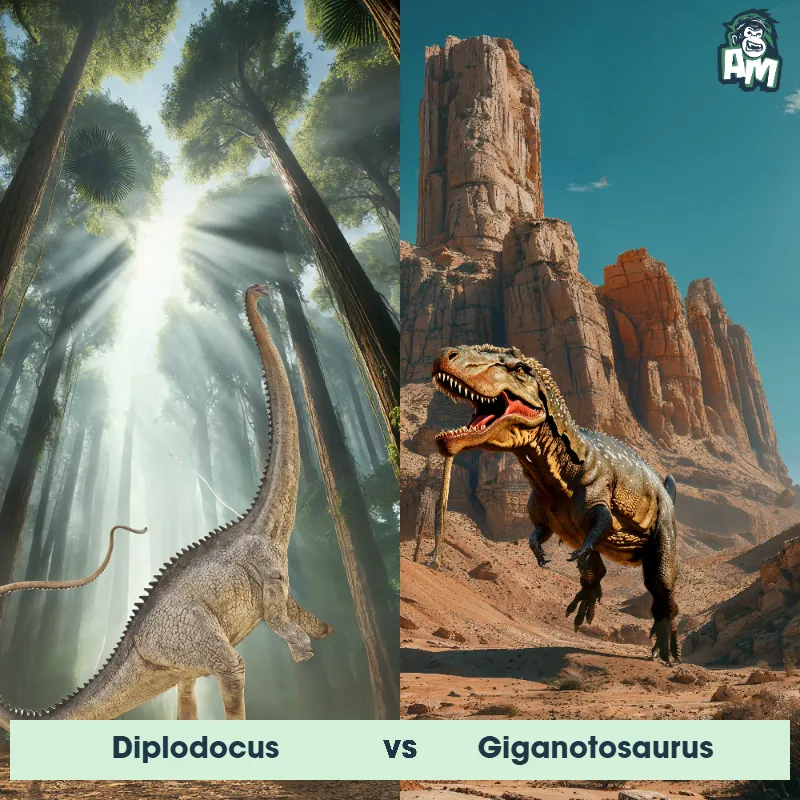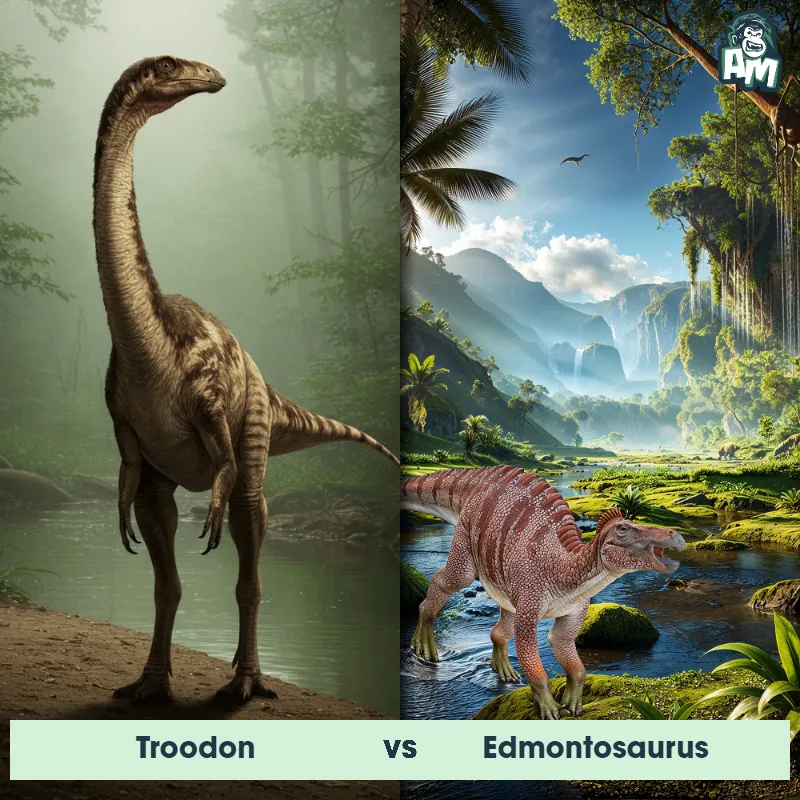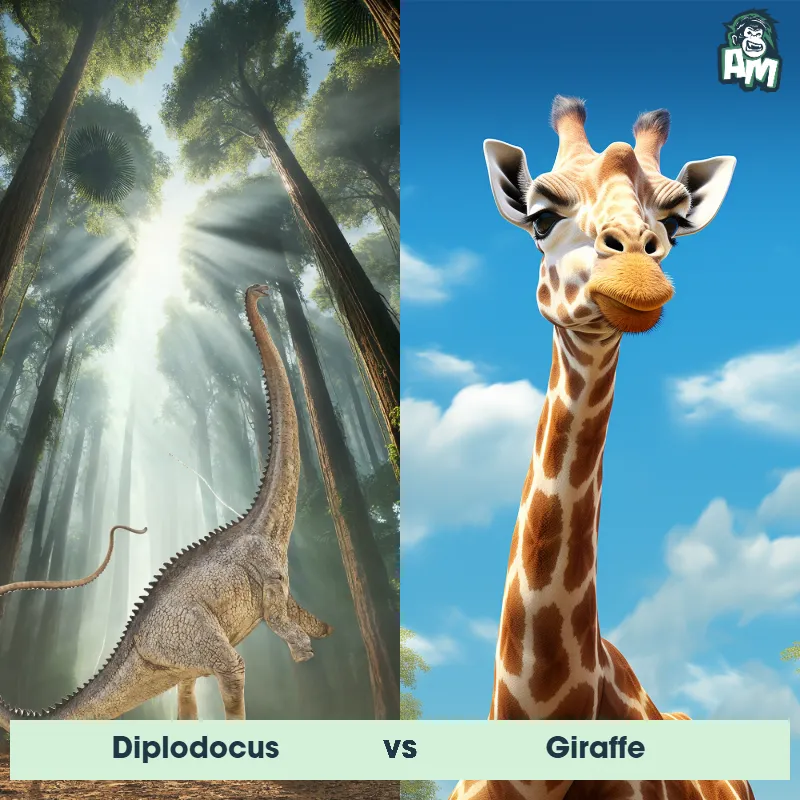Parasaurolophus vs DiplodocusSee Who Wins
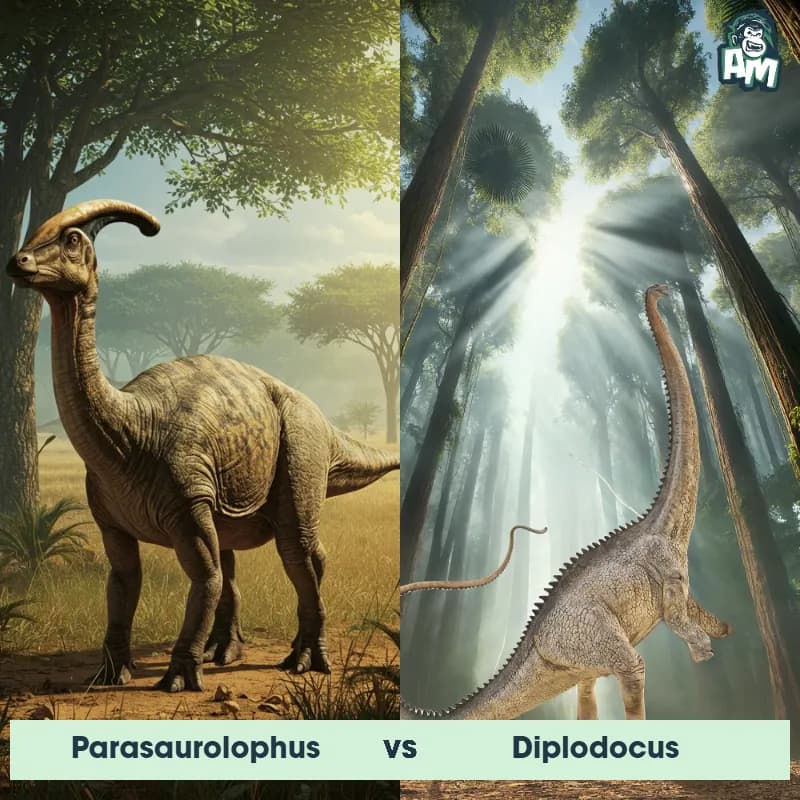
Tonight, we have an incredible prehistoric showdown! In one corner, the crested Parasaurolophus, known for its distinctive cranial crest and agile movements. In the opposite corner, the massive Diplodocus, boasting a long neck and tail that are equally adept at delivering power on the battleground. Let's see how these ancient titans clash on this prehistoric stage!
Contender 1: Parasaurolophus
The Parasaurolophus, also known as a duck-billed dinosaur, was a herbivorous dinosaur that lived during the Late Cretaceous Period. It was characterized by its long, hollow, tube-like crest on its head, which could have been used for communication and producing low-frequency sounds. Parasaurolophus had a large body with a robust build, long tail, and four legs with hoof-like claws.
Fun Fact: One fun fact about Parasaurolophus is that its distinctive crest could have been up to six feet long in some species, making it one of the most recognizable features of any dinosaur.
Contender 2: Diplodocus
The Diplodocus, a herbivorous dinosaur from the Late Jurassic period, is known for its long neck, whip-like tail, and sturdy legs. It could reach lengths of up to 90 feet and weigh as much as 12 tons. Despite its massive size, its skull was small and light, with peg-like teeth for stripping leaves off branches.
Fun Fact: One fun fact about Diplodocus is that it is estimated to have had a heart weighing around 600 pounds to supply blood to its large body.
Matchup Stats
| Parasaurolophus | Diplodocus | |
|---|---|---|
| Size | Up to 30 feet long (9.1 meters) | 90 feet (27.4 meters) |
| Weight | Up to 4 tons (3,629 kilograms) | 12 tons (10,886 kilograms) |
| Speed | 25-28mph (40-45km/h) | 10 - 15 mph (16 - 24 km/h) |
| Key Strength | Strong tail for defense | Tail whip |
| Biggest Weakness | Vulnerable neck due to crest | Small skull and teeth |
Current Votes
Parasaurolophus vs Diplodocus
See Who Wins
View More Matches
Looking For More?
Similar Matches
Scientific Stats
| Parasaurolophus | Diplodocus | |
|---|---|---|
| Scientific Name | Parasaurolophus | Diplodocus |
| Family | Hadrosauridae | Diplodocidae |
| Habitat | Forests and coastal plains | Forests |
| Geography | North America | North America |
| Diet | Herbivorous | Herbivore |
| Lifespan | 50 years - 70 years | 70 years - 100 years |
Key Differences between Parasaurolophus and Diplodocus
- Size: Parasaurolophus measured around 31 feet in length, while Diplodocus could reach lengths of up to 90 feet.
- Neck: Diplodocus possessed an extremely long neck compared to Parasaurolophus, which had a shorter and more modestly proportioned neck.
- Limbs: Parasaurolophus walked on both two and four legs, whereas Diplodocus primarily walked on four legs.
- Skull: Parasaurolophus had a distinctive long, backward-curving crest on its head, whereas Diplodocus had a long, low skull without such a crest.
- Tail: Diplodocus had a very long, whip-like tail, while Parasaurolophus had a shorter, more rounded tail.
- Body Shape: Parasaurolophus had a more robust, wide-bodied structure, while Diplodocus had a slender, elongated body.



